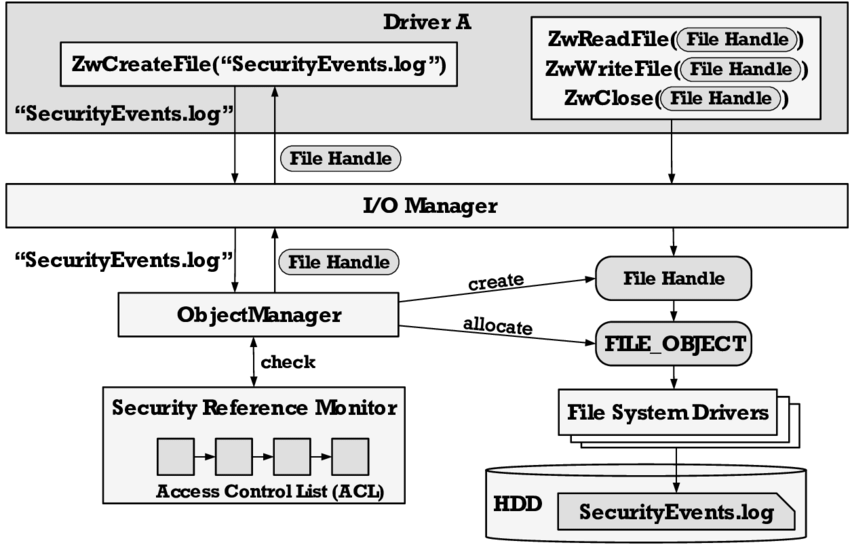Introduction of iOSetCompletionRoutine A Key Concept in iOS Development
In iOS development, the term iosetcompletionroutine likely refers to a function or routine that handles the completion of asynchronous tasks. Asynchronous operations are common in mobile app development, especially when handling network requests, downloading data, or performing background tasks. Using completion routines allows developers to manage these tasks efficiently and without blocking the main thread of the app.
What is an iOS Completion Routine?
A completion routine, or completion handler, is a code block passed to a function that executes once the asynchronous operation finishes. This enables developers to specify what should happen once a task is completed, such as updating the user interface or processing received data. In many cases, completion handlers are used in iOS APIs that perform network requests or long-running tasks.
For example, consider a function that fetches data from a server:
Here, the completion block will be executed once the data-fetching process is complete. The use of completion handlers ensures that code following a time-consuming task can be executed asynchronously, keeping the app’s user interface responsive.
How Does iOSetCompletionRoutine Work?
While iosetcompletionroutine itself is not a standard iOS API term, it is likely used in some custom iOS applications. Its role would be similar to typical completion handlers but tailored to a specific use case within an app. The general idea is that it manages operations that occur after an asynchronous task finishes.
For example, in a complex app, you might use iosetcompletionroutine to define a set of actions that should take place when a file is downloaded or a network request is completed.
In this code, iosetcompletionroutine could be the function that gets called after the download finishes, helping manage the flow of operations that follow. This approach is common in iOS development, especially in mobile applications that handle large or remote datasets.
Why Use iOSetCompletionRoutine?
Efficient Asynchronous Handling:
Completion handlers like iosetcompletionroutine ensure that long-running tasks do not block the user interface. This results in a smoother and more responsive app experience. When network requests or database queries run in the background, the UI remains active and interactive, preventing the app from freezing or becoming unresponsive.
Improved Code Organization:
By using a completion handler, you can keep your code modular and organized. Instead of writing all the code inside the asynchronous function, you delegate the final steps to the completion routine. This leads to cleaner code, easier debugging, and better maintainability in the long run.
Error Handling:
Completion routines allow for centralized error handling, making it easier to manage failed operations, such as network failures or invalid data. Error handling can be structured inside the completion handler, ensuring the app handles unexpected results or failures gracefully.
Best Practices for Using Completion Handlers
When implementing iosetcompletionroutine or any completion handler in iOS development, there are several best practices to keep in mind:
-
Avoid Retain Cycles:
- Use
[weak self]or[unowned self]to prevent strong reference cycles, which can lead to memory leaks. Retain cycles occur when a closure strongly retains an object that is also holding a reference to the closure, potentially causing memory issues. -
Handle Errors Gracefully:
- Always handle errors within the completion routine to ensure the app remains stable if a task fails. Errors should be caught and communicated back through the completion handler, where they can be dealt with appropriately, whether that means showing a user-friendly message or retrying the operation.
- Keep UI Updates on the Main Thread: If your completion handler needs to update the user interface, make sure those updates are dispatched to the main thread. In iOS, UI updates must always be performed on the main thread to avoid potential UI freezes or crashes.
Completion Handlers and iOS Frameworks
Completion handlers are widely used in popular iOS frameworks like UIKit and SwiftUI. They are essential for managing animations, network operations, and user interactions. For example, UIKit provides built-in methods for animating views with completion blocks, making it easier for developers to handle tasks that require smooth transitions.
In SwiftUI, completion handlers may be less explicit due to the declarative nature of the framework, but they are still used for tasks like responding to user actions or managing state changes.
PortClsShutdown()
Definition at line 384 of file irp.cpp.
Referenced by PcDispatchIrp().
PwrCompletionFunction()
| VOID CALLBACK PwrCompletionFunction | ( | IN PDEVICE_OBJECT | DeviceObject, |
| IN UCHAR | MinorFunction, | ||
| IN POWER_STATE | PowerState, | ||
| IN VOID | Context, | ||
| IN PIO_STATUS_BLOCK | IoStatus |
Definition at line 168 of file irp.cpp.
Referenced by PortClsPower().
Conclusion
While iosetcompletionroutine may not be a standard function in iOS development, it likely refers to a custom routine or handler used for completing asynchronous tasks. Whether you are fetching data, downloading files, or performing background operations, using completion handlers like iosetcompletionroutine is essential for efficient and effective app development. By understanding how completion routines work, you can create more responsive, user-friendly iOS applications. Effective use of completion handlers is a cornerstone of modern iOS development, enabling smooth, scalable, and error-resilient applications.


